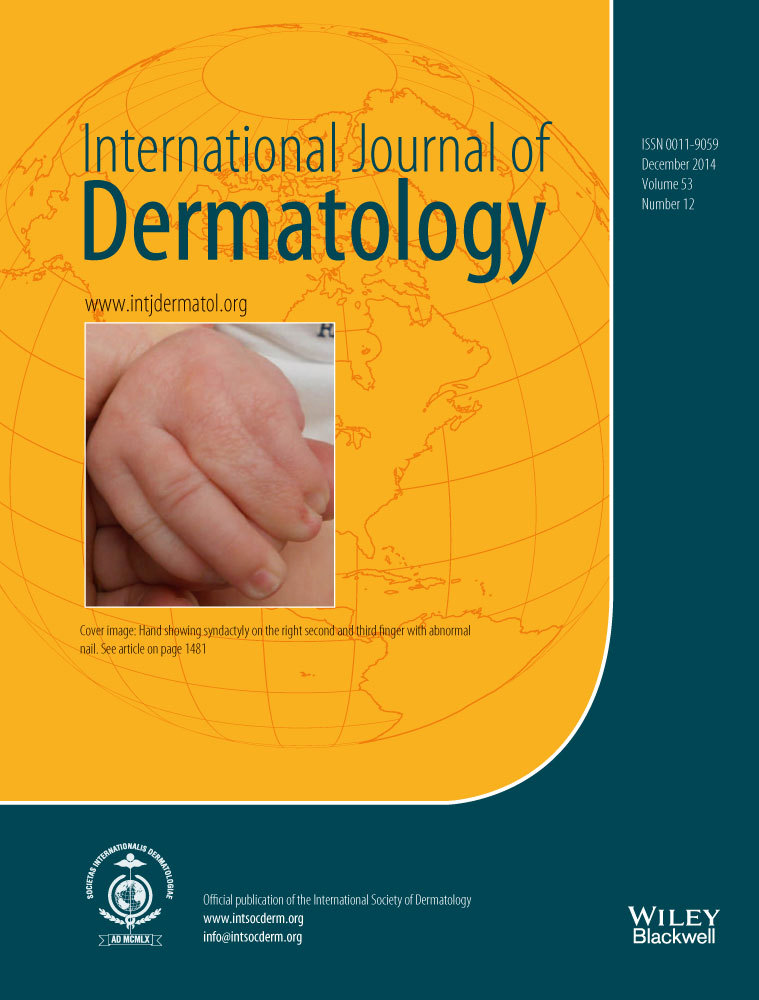Efficacy of intralesional bleomycin for the treatment of plantar hard corns
Abstract
Background
Intralesional bleomycin is effective for the treatment of various dermatologic conditions. However, the efficacy of intralesional bleomycin for the treatment of corns has not been established.
Methods
A total of 50 patients with plantar corns were recruited and equally divided between groups A and B. Groups A and B were then treated with intralesional bleomycin (1 mg/ml) after paring the hyperkeratotic tissue and simple paring, respectively. The patients visited our clinic at 3-week intervals and were treated for a maximum of 10 sessions.
Results
Patients in groups A and B were treated for 35 and 29 corns, respectively. The curative rates of the patients in groups A and B were 37% (13 of 35) and 7% (three of 29), respectively. The proportions of lesions in groups A and B that demonstrated a decrease in size by >50% were 80% (28 of 35) and 38% (11 of 29), respectively. The total number of patients that demonstrated excellent symptomatic improvement in group A was 15 of 22. Excellent responses were achieved within a small number of treatment sessions, ranging from one to four sessions (average: 2.6). Statistical differences in terms of the degree of size reduction and pain relief were noted between the two groups.
Conclusions
This study provides evidence that intralesional bleomycin (1 mg/ml) injection could be one of the ideal treatments for corn. Intralesional bleomycin is particularly useful for reducing lesional pain and size within a short period.




